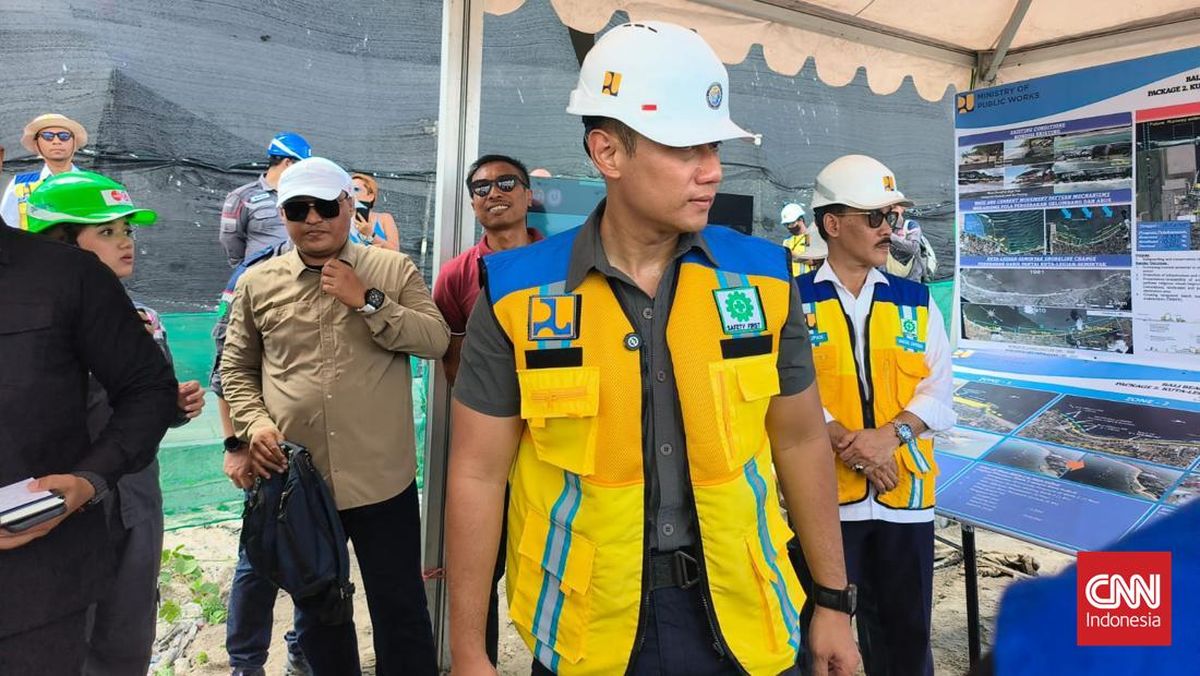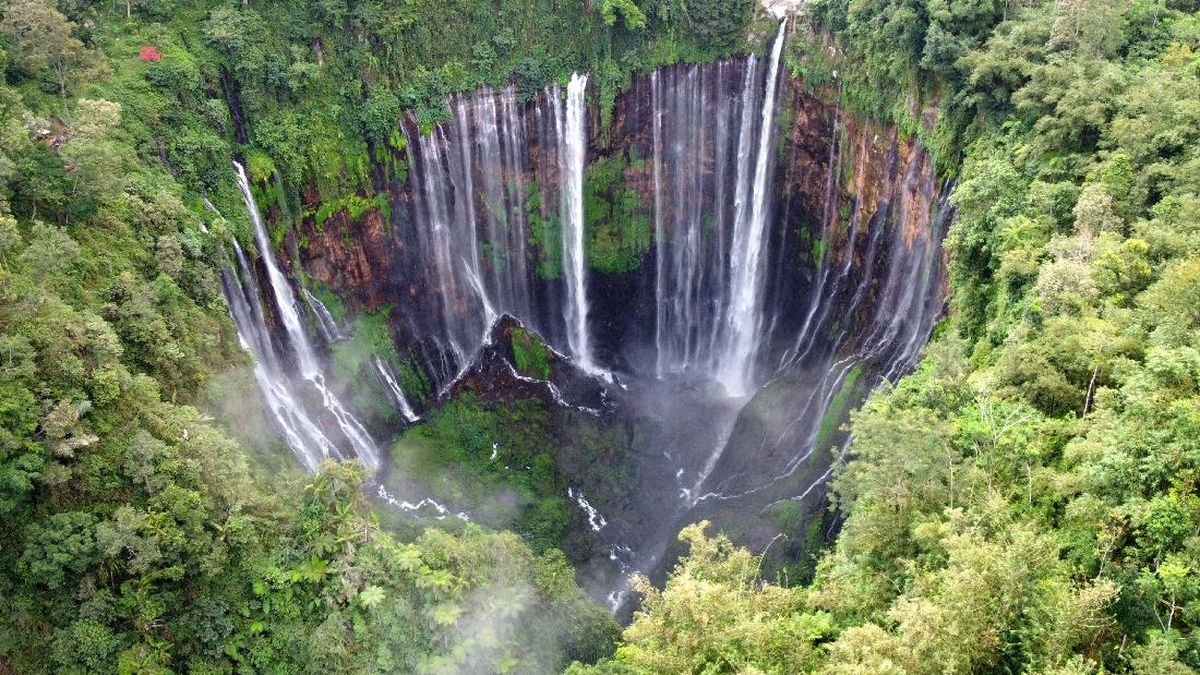Brought to you by BULLS N’ BEARS
By James Pearson
October 13, 2025 — 1.46pm
Litchfield Minerals has landed its biggest hit yet at the company’s Oonagalabi copper-zinc project in the Northern Territory, with a mammoth 104-metre copper sulphide intercept from surface including high-grade bursts of more than two per cent copper equivalent.
The stellar intercept represents the company’s most significant strike to date at the emerging copper-zinc system and catapulted Litchfield’s shares into the stratosphere, with its price soaring as much as 300 per cent to 74.5 cents in the morning session.

Reverse-circulation drilling at Litchfield Minerals’ Oonagalabi project in the Northern Territory has revealed finely disseminated and minor semi-massive copper-zinc mineralisation, visually estimated to contain about 2.3 per cent copper and 2.7 per cent zinc.
The standout interval came from Hole 10 - which, when tested with a handheld X-ray fluorescence (pXRF) device – threw up a whopping copper equivalent grade of 1.37 per cent across its entire strike, comprising of 0.92 per cent copper, 1.59 per cent zinc and 0.08 per cent lead.
Within the broad zone higher-grade blasts stood out such as 33m grading 1.69 per cent copper equivalent from 144m, including 21m going at 2.26 per cent copper equivalent. Another section of 41m registered 1.42 per cent copper equivalent from surface and a third, 30m slice graded 1.02 per cent copper equivalent from 98m.
‘Hitting more than 100m of copper sulphide mineralisation, with multiple high-grade zones, is an outstanding outcome.’
Litchfield Minerals managing director Matthew PustahyaAlthough the results are based on pXRF readings at this stage, the company says, once fully assayed the final numbers could actually improve; a mouth-watering prospect given the widths and grades already reported. Lab assays are now being fast-tracked.
Litchfield says it looks to be homing in on something big at Oonagalabi with every hole so far punching into copper, proving the system has size, strength and consistency. However Hole 10 is in a league of its own, cutting through 104 metres of mineralisation packed with copper-bearing chalcopyrite and zinc-rich sphalerite - the tell-tale minerals of copper and zinc.
Litchfield Minerals managing director Matthew Pustahya said: “Hole 10 is a positive milestone for proving this system hosts grades as well as volume, over 100m of copper sulphide mineralisation, with multiple high-grade zones, is an outstanding outcome. Every hole to date has hit copper mineralisation, reinforcing the strength and continuity of this system.”
Notably, Hole 10 was originally drilled to test a high-chargeability zone known as VT1 after being pinpointed in the company’s recent IP program. It clearly delivered in spades, successfully proving up the geophysical exploration technique as a reliable indicator of copper-zinc sulphide mineralisation.
Adding to the intrigue, rock chips testing conducted last month on a gossanous outcrop immediately above VT1, returned 0.6 per cent copper, 0.6 grams per tonne (g/t) gold, 14g/t silver and 7 parts per million (ppm) tellurium – an unusual but exciting geochemical cocktail.
Tellurium is regularly associated with gold-rich systems. However, when it shows up alongside copper and silver above a strong conductor, the chances of an iron oxide copper-gold or skarn-style system lurking beneath skyrocket. Confirmation of this type of discovery could prove to be a company-maker for Litchfield.
Litchfield says it now has its sights set on a possible folded eastern extension of this hot spot, which could potentially host more of the same and stretch the system even further.
Elsewhere, a real buzz is starting to build 1.5 kilometres to the northeast of Hole 10, where a separate electromagnetic (EM) survey, which had previously flagged a massive 500m-long conductive plate, dubbed VT2, is now being tested by the truth teller.
Described in the independent geophysical modelling as “highly conductive and laterally extensive”, the VT2 anomaly has the company extremely fired up at the prospect of testing what other treasures may be lurking under its feet at this separate anomaly especially after the success at VT1.
Slightly west of VT2, Litchfield is also pointing the drill bit at a group of targets called the “Bomb Diggity cluster” where magnetic, gravity and EM anomalies all converge. An early hole managed to skim the main target, snagging some copper on the way through, with the rig now moving on to test other parts of the cluster.
With every drill hole punching into copper and a geophysical roadmap lighting up with targets, Litchfield looks to be zeroing in on a large, fertile system that may yet deliver the NT’s next big copper find.
Is your ASX-listed company doing something interesting? Contact: [email protected]
Most Viewed in Business
Loading


















































